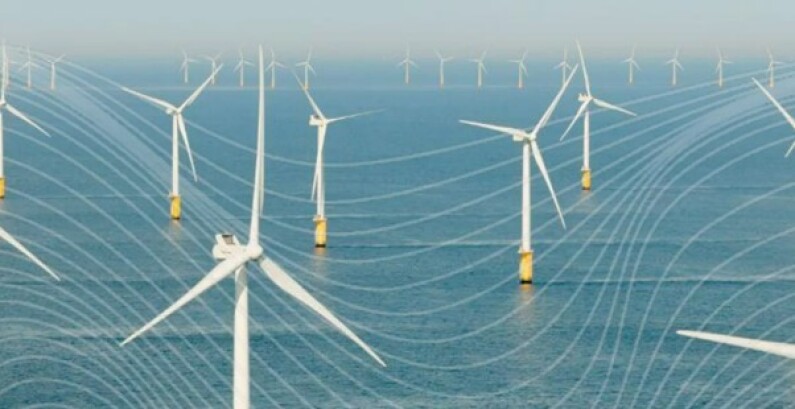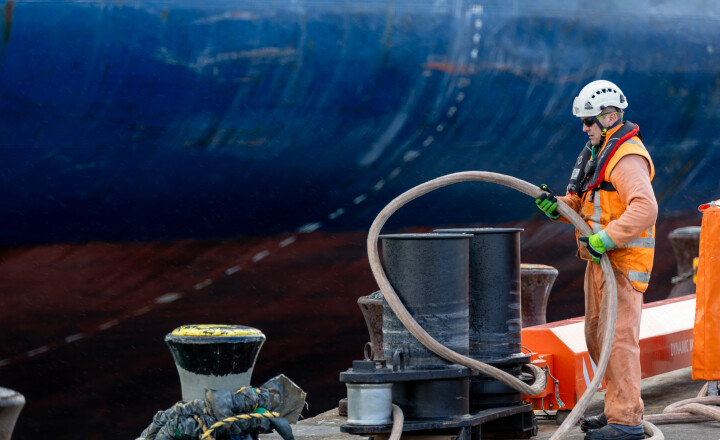
The development of an offshore wind energy industry in Aotearoa will play a critical role in helping the country meet rapidly increasing demands for clean energy and our net zero commitments, says a new study.
The national offshore wind energy industry impacts study released at the Offshore Renewable Energy Forum in Taranaki (20-21 March) was undertaken by PWC with a collaborative group of energy sector participants, infrastructure providers and economic development agencies.
The study examined the economic, social, and environmental impacts of a national offshore wind energy industry to identify both positive and negative outcomes.
Key findings in the PWC study are:
- New Zealand will need to triple the volume of renewable energy generated to meet our net-zero targets. Offshore wind offers one of the most credible pathways to increase generation at scale in conjunction with other technologies. An average 1GW offshore wind farm could power around half a million homes.
- Offshore wind could conservatively contribute $50 billion to GDP between now and 2050, creating 10,000 jobs during the build-out phase, a further 2,000 ongoing jobs in operations and maintenance, and additional opportunities across the supply chain.
- Offshore wind will be a key enabler of the energy transition, decreasing our reliance on fossil fuels and diversifying and enhancing security of supply and energy independence. Offshore wind could directly contribute to a 26% reduction in New Zealand’s energy emissions by 2050.
- Offshore wind will be key in unlocking the hydrogen economy to decarbonise hard-to-abate sectors like heavy transport and steel production. Sustainable fuels and feedstocks produced from hydrogen can be utilised for aviation, maritime and road fuels displacing traditional hydrocarbon derived fuels.
- Some of the key benefits of offshore wind include: relatively high capacity factors (i.e. consistent generation); more power when New Zealand needs it most (i.e. in winter); because of New Zealand’s large exclusive economic zone (15 times landmass), greater flexibility to choose project sites which minimise effects and are close to electricity demand; greater ability to locate projects away from communities to mitigate potential visual and sound effects.
- The development of local offshore wind projects is expected to lead to new research into New Zealand’s marine species, filling important gaps in our current information about our existing environment.
Justine Gilliland, the BlueFloat Energy & Elemental Group Partnerships Director thanked the co-funders of the national impacts study, presented on the opening morning of the Offshore Renewable Energy Forum.
“This study makes it very clear that New Zealand needs an offshore wind energy industry. Not only do we have one of the most abundant resources to be found anywhere in the world but a skilled and knowledgeable workforce with the talent to make this happen,” Justine Gilliland said.
“The climate challenge means that we need new renewable energy, and we need it at a scale and pace that can help us meet growing demands for electrification and for green fuels. As many countries introduce sustainability tariffs, offshore wind can help us stay competitive on the world stage by ensuring our products are created and transported to the world sustainably from renewable sources.
“Overseas experience shows that offshore wind developments result in many positive impacts for communities, including local jobs and investment, whilst concerns are often more perceived than real.”
Kelvin Wright, Chief Executive at Te Puna Umanga Venture Taranaki, said “for several years we have facilitated the discussion around offshore wind energy and what it could mean for Aotearoa and the Taranaki region. This milestone study highlights the significance of the opportunity, acknowledges some of the challenges involved, and ultimately helps to advance our understanding of this new industry, and what it could mean for our communities, if realised. With this study on the table, we look forward to continuing the discussion with our local community, Iwi, and key industry players.”
Tina Schurr, BusinessNZ Energy Council's Executive Director said that this impact study is a critical step in understanding the multifaceted implications of offshore wind energy development in New Zealand.
“It offers a clear-eyed assessment of both the challenges and opportunities ahead. It underscores the importance of careful planning and stakeholder engagement to navigate the complexities of industry development. As we consider the future of our energy sector, this report serves as a valuable tool for decision-makers, offering insights to guide sustainable and inclusive growth."
James Irvine, Clarus GM Future Fuels said “Clarus is excited to see the huge potential of offshore wind and the wide-ranging benefits explained in this study. The production of green hydrogen from offshore wind power, transported via our pipeline network, presents opportunities to affordably increase New Zealand’s energy security and decarbonise our economy while unlocking new export opportunities in high-value green products.”
Port Taranaki Chief Executive Simon Craddock said: “The study has highlighted and confirmed the essential and strategic role ports and port infrastructure play in the development of offshore wind farms – for the marshalling and assembly of wind turbines and structures, and as a base for installation and maintenance work.
“As the only deep-water port on the west coast of New Zealand, and the port closest to many of the proposed developments, Port Taranaki has a key role to play in both the construction and servicing phases. For this to occur, port upgrades are necessary, and the timing of upgrades is critical to ensure offshore wind farm construction is not delayed.”
To view the study, click here.


